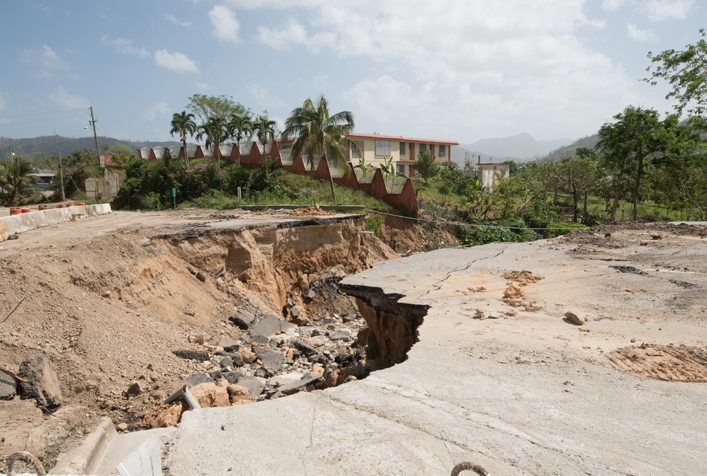Hurricane Maria Social Science Research in Puerto Rico

Project Brief
The Challenge
In 2017, Hurricane Maria devastated many parts of Puerto Rico, displacing or destroying residents, schools, and businesses. The National Institute of Standards and Technology wanted to better understand how Puerto Rico’s buildings, infrastructure, and supply chain failed in order to develop recommendations to improve practices, building codes, and other standards, and make U.S. communities more resilient to future disasters. NIST engaged ERG to conduct social science research to support this work. However, uncertainties in resident phone and address information due to the impacts of Maria and other disasters, and COVID-19 pandemic limitations on in-person data collection, made it difficult or impossible to use classical survey methods.
ERG's Solution
ERG provided social science, survey development, and statistical expertise to help NIST achieve four goals: (1) learn more about the role of emergency communications in the public response prior to the hurricane; (2) characterize the recovery of small- and medium-sized businesses to learn more about business and supply chain continuity; (3) monitor the recovery of schools and hospitals to learn more about critical social functions; and (4) evaluate the dependency of building function on power, water, and transportation infrastructure. Given the uncertainty of address and phone information, ERG developed innovative approaches to gather survey data and conduct interviews in both English and Spanish. For example, we helped design and partnered with a local University to implement an in-person data collection approach in four geographic regions severely impacted by Hurricane Maria. This approach involved having surveyors interview residents directly or, if the resident wasn’t home, leave a postcard encouraging them to take the survey online. We also mailed letters to businesses to implement a drive-to-web survey and partnered with a call center to help improve the response rate. To help achieve the third goal, we programmed an online survey for hospitals and schools and partnered with students of Albizu University who followed up with in-person and phone reminders to help increase the response rate for that effort. The results of this research will support NIST in better understanding and providing guidance for disaster preparedness and recovery.
Client
National Institute of Standards and Technology